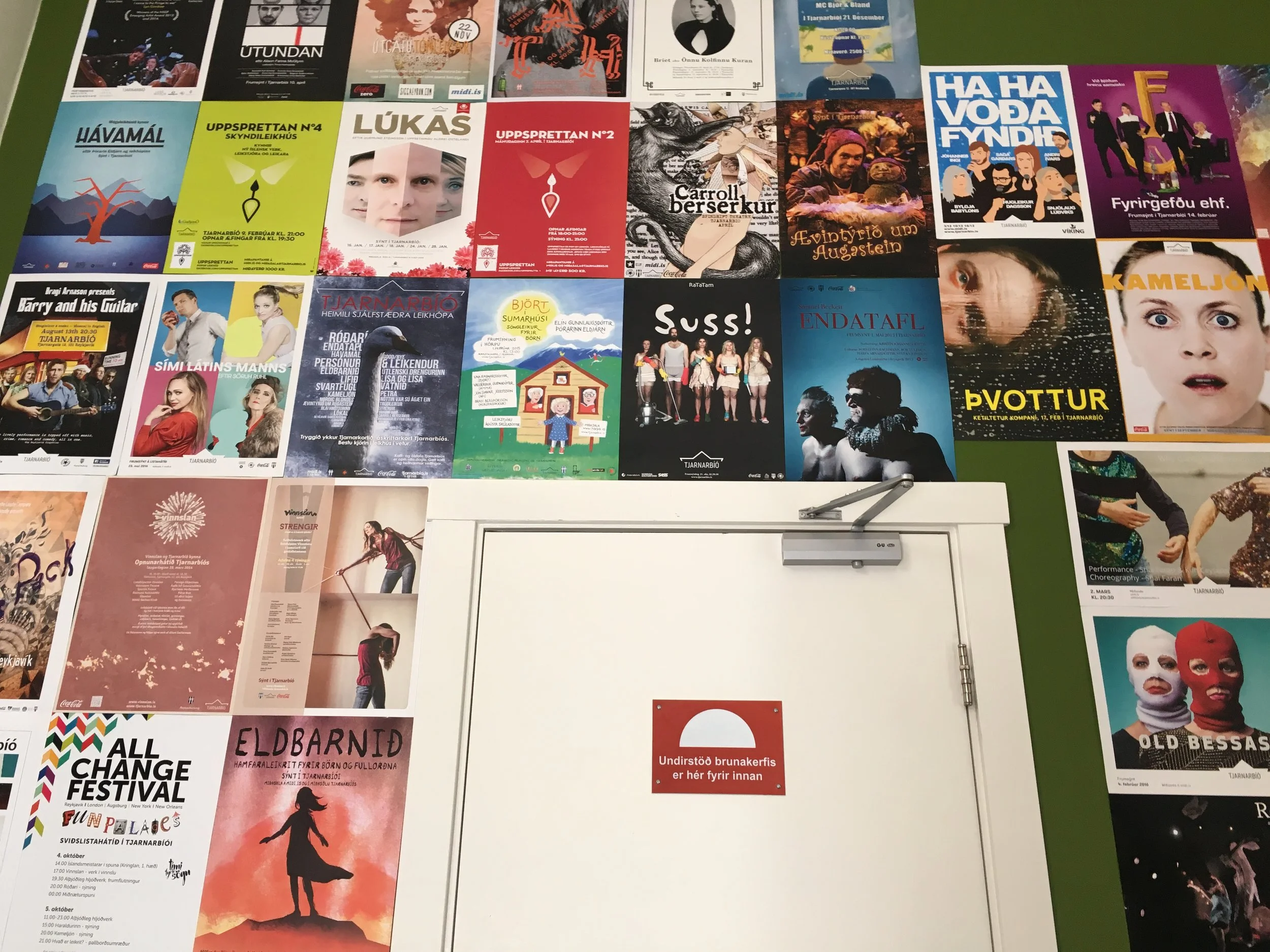Dancing at the MoMA | Judson Dance Theater
So I had the incredible luck of being briefly in NYC during MoMA’s amazing Judson Dance Theater: The Work is Never Done exhibit. Not only that, but I was there during one of the re-staging performances. I got to see Lucinda Childs, Early works (1963-78).
I first off want to say that I only knew about this in the first place because of my thesis editor, colleague, and dear fiend…a geoarchaeologist (because cross-field relationships are mightily important!!) lived in NYC for four years and took it upon himself to make sure I made the best museum decision I could during my brief time there.
Anyways, I had the chance to view 5 excerpts while at the MoMA, as well as witness the exhibit which featured videos, costumes, notation notes, and so much more.
The pieces were:
Pastime 1963
Radial Courses 1976
Katema 1978
Particular Reel 1973
Calico Mingling 1973
Reclining Rondo, 1975
Interior Drama, 1977
Here are some images (of maps of sites, notation methods, the bow of the performance, and more)…then I’ll share a few thoughts!
For me, the Judson Dance theater is both something I am began learning about during my MA AND something that so obviously is integrated into the movement pallet and understanding of modern dance that I had as a dancer, and that my research participants have. I missed out on a lot of dance history as I learned to dance in a small town studio that wasn’t super informative in regards to dance lineages. So, being a part of the living history of modern dance as an observer was such a gift for me as I prepare for a PhD that explores the way this history localizes in Norden.
In a way, I am finding my experiences to be similar to my participants— in that I feel a sort of “un-history” or disconnect from the mainstream narrative of modern dance in both the US and in Europe. For me it was small town isolation— for them it is a much larger scale geographic and even political isolation.
Many of my Icelandic participants moved to European cities or to NYC for dance training or more advanced MA performance art degrees. And as I walked the streets of NYC and viewed the MoMA’s Judson events, and saw the lectures and body archiving workshops at NYU Tisch— I couldn’t help but wish I lived there and had learned about dance there. The opportunities feel so much bigger, important, even vital to a career in this field.
But for a dancer from Iceland, how much of a disadvantage is there to learning, training or recognition due to her location?
For a performer/researcher from small town WI who taught herself most of this history through books and old video recordings while living in the (dance drought) Denver, how much of a disadvantage do I have to getting a PhD in this field?
Does isolation or an un-history influence impostor syndrome?
That’s why I think my work is necessary, why I want to pursue this degree so so much. Because….
Most importantly, how can a global network of festivals, dance houses, researchers, and artists shrink this isolation? How can we create a new history that breathes the air of Judson and other artists before us, and gives new growth to this wild and creative world of dance and performance? That’s where I want to live. In that space. With those creators. And I believe that I can.
So thank you, MoMA— for this exhibit that deepened my history, for the performance that made me feel connected to the words I have read on pages of dance history books and research papers.
If you are lucky enough to be navigating through NYC this fall/winter….do check out the links above to the MoMa workshops and Tisch workshops, we all must keep learning.










